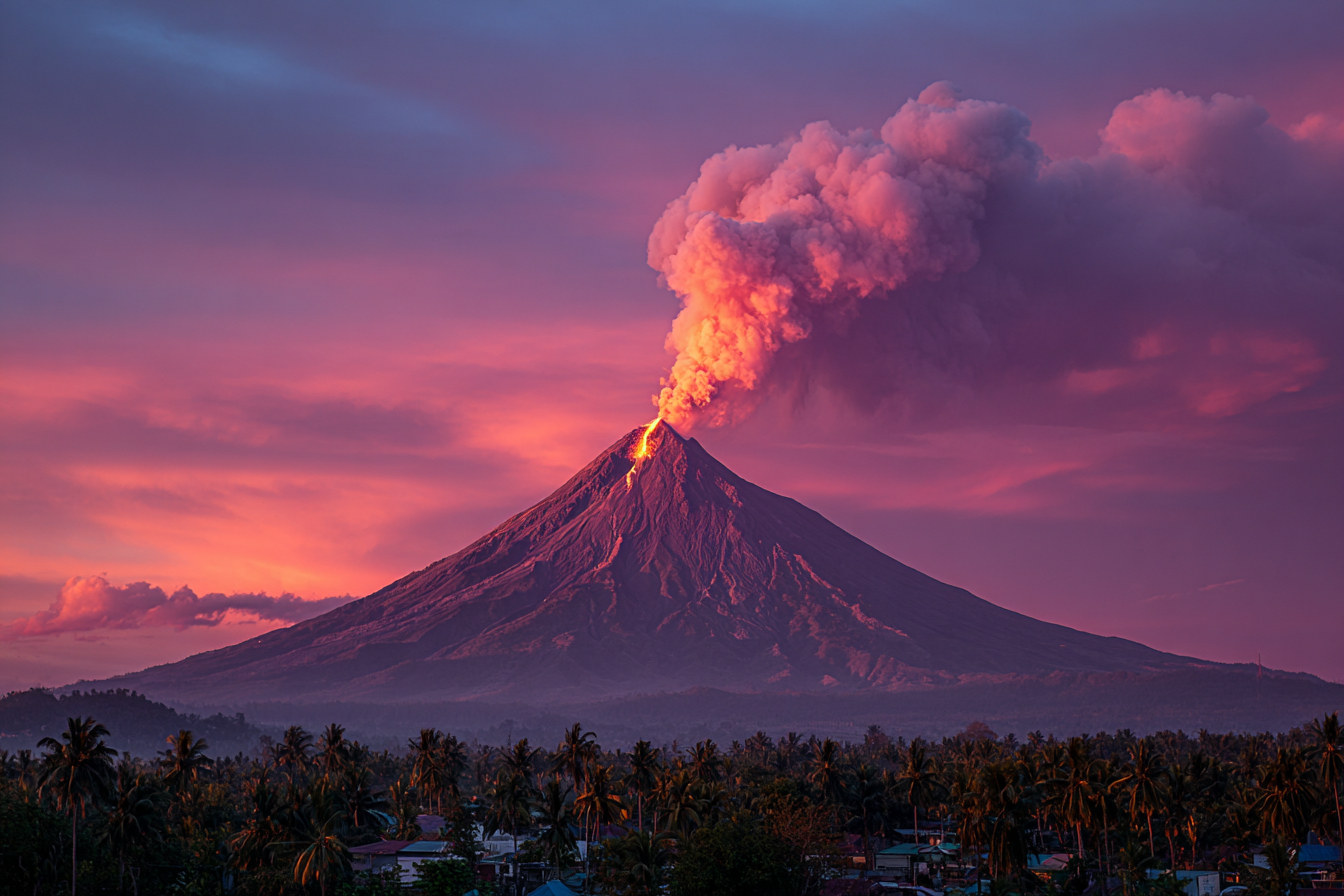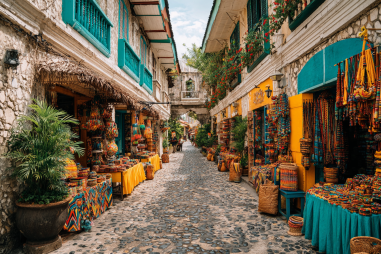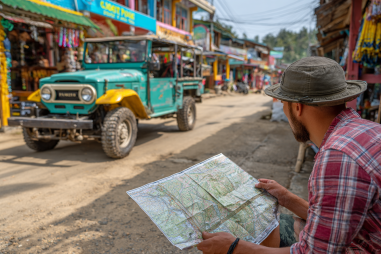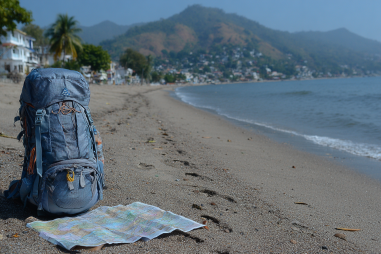Mount Mayon, often hailed as the Philippines’ most iconic volcano, is renowned not only for its near-perfect cone shape but also for its impressive and sometimes destructive volcanic activity. Situated in the Bicol region on Luzon Island, this volcano has captivated locals and scientists alike due to its frequent eruptions and the powerful forces of nature that continue to shape the surrounding landscape. Understanding Mount Mayon’s eruption history offers insight into the volcano’s behavior, its impact on communities, and how residents have adapted to live alongside this natural wonder.
The Volcanic Nature of Mount Mayon
Mount Mayon is a stratovolcano, characterized by steep slopes and composed mainly of layers of lava and volcanic ash. It stands approximately 2,463 meters (8,081 feet) tall and is part of the Pacific Ring of Fire, a hotspot where volcanic and seismic activity is common. Known for its symmetrical cone, Mayon is one of the most active volcanoes in the Philippines, with a well-documented history of eruptions that have both fascinated and challenged local populations.
The volcano’s eruptions typically feature explosive activity, including lava flows, pyroclastic flows (fast-moving currents of hot gas and volcanic matter), ashfall, and lava fountains. These events are driven by the accumulation of pressure underground, which, when released, results in powerful eruptions. Rise in seismic activity and gas emissions often serve as warning signs for impending eruptions, enabling authorities to prepare and evacuate residents when necessary.
Key Historical Eruptions and Their Dates
Mount Mayon’s eruption history dates back centuries, with more than 50 recorded eruptions since 1616. Some eruptions have been relatively minor, while others were catastrophic:
- 1616 Eruption: One of the earliest documented eruptions, setting the stage for the volcano’s active reputation.
- 1814 Eruption: This was one of the deadliest eruptions, which destroyed the town of Cagsawa, burying it under volcanic debris and killing over 1,200 people. The iconic ruins of the Cagsawa Church remain a haunting reminder of the disaster.
- 1897 Eruption: A powerful eruption that caused widespread damage and significantly altered the landscape around the volcano.
- May-July 1984 Eruption: Sent thousands of residents fleeing their homes as strong lava flows and ashfall impacted the area. This eruption was closely monitored, leading to improved evacuation protocols.
- 2018 Eruption: One of the most recent eruptions, characterized by lava fountains and ash plumes, which resulted in mass evacuations and temporary disruption of air travel in the region.
These eruptions highlight the diverse range of volcanic activity Mayon is capable of and demonstrate why vigilance and monitoring are paramount.
Impact on Local Population and Environment
The eruptions of Mount Mayon have deeply influenced the lives of those living in its shadow. The most immediate impact includes loss of life and property, as entire villages have been buried or damaged by lava flows and ashfall. The agricultural sector often suffers, with volcanic ash covering farmlands and disrupting crops, which are vital to the local economy.
However, the fertile volcanic soil around Mount Mayon has its benefits. It is rich in minerals, supporting lush vegetation and productive farms once the ash settles. This dual nature of destruction and renewal creates a complex relationship between the volcano and its surrounding environment.
Evacuations and the constant threat of eruptions affect the mental and economic well-being of communities. Yet, resilience is evident as residents rebuild after each event and continue to adapt their lifestyles to the volcano’s rhythms.
Volcano Monitoring and Safety Measures
Given Mayon’s violent nature, careful monitoring and safety protocols are crucial. The Philippine Institute of Volcanology and Seismology (PHIVOLCS) operates continuous surveillance of Mount Mayon, utilizing seismographs, thermal imaging, gas sensors, and drone technology to detect signs of volcanic unrest.
PHIVOLCS regularly issues alerts and advisories, categorized by alert levels ranging from normal activity to imminent eruption. These alerts inform local governments and residents to ensure timely evacuations and disaster preparedness.
Evacuation centers are strategically placed, and community drills are conducted to enhance preparedness. These efforts have minimized casualties in recent eruptions and demonstrate the importance of coordinated disaster response management.
How Eruption History Influences Tourism
Mount Mayon’s eruption history has made it a major attraction for both domestic and international tourists. Visitors are drawn by the volcano’s photogenic cone and the dramatic backdrop it provides for adventure activities such as hiking, sightseeing, and cultural tours.
However, tourism activities are carefully regulated, especially during periods of increased volcanic activity. Access to the volcano’s summit and certain nearby areas may be restricted to ensure visitor safety. Meanwhile, tours to the famous Cagsawa Ruins and other historical sites provide insight into the volcano’s destructive power and cultural significance.
Local businesses have thrived by offering accommodations, guided tours, and cultural experiences that celebrate the region’s volcanic heritage, thus boosting the economy.
Visitor Guidelines During Volcanic Activity
Safety is paramount when visiting an active volcano like Mount Mayon. Visitors are advised to follow these guidelines during periods of activity:
- Always heed official warnings and respect exclusion zones established by authorities.
- Stay updated on the latest PHIVOLCS advisories before and during your visit.
- Wear appropriate protective gear such as masks to avoid inhaling volcanic ash.
- Avoid hiking to the summit or vent areas during heightened activity to prevent exposure to hazardous conditions.
- Follow instructions from local guides and emergency personnel without hesitation.
By following these safety measures, visitors can enjoy the beauty of Mount Mayon while minimizing risk.
Local Myths and Cultural Stories About Eruptions
The dramatic eruptions of Mount Mayon have inspired many local myths and legends among the Bicolano people. One popular tale involves the tragic love story of Daragang Magayon, a beautiful maiden whose name means “beautiful” in the local language. According to legend, the volcano was named after her as a memorial to her beauty and the heartbreak that led to the volcano’s fiery eruptions.
Another story attributes the eruptions to the anger of an ancient deity who protects the land. These myths serve not only as cultural heritage but also as a way for communities to make sense of the unpredictable natural events affecting their lives.
Such stories continue to be passed down through generations, enriching the cultural tapestry of the region and adding a mystical dimension to the volcano’s presence.
Living with an Ever-Active Giant
Mount Mayon remains a powerful force of nature, its eruptions a constant reminder of the delicate balance between beauty and danger. For the communities around it, living near such an active volcano requires vigilance, respect, and resilience. Thanks to advances in science and community cooperation, the risks associated with Mayon’s eruptions are better managed today than ever before.
Visitors to the region can witness not only the stunning landscapes shaped by volcanic activity but also the inspiring spirit of people who have learned to coexist with this fiery giant. Mount Mayon’s eruption history is a testament to nature’s power and humanity’s enduring ability to adapt and thrive amidst uncertainty.







